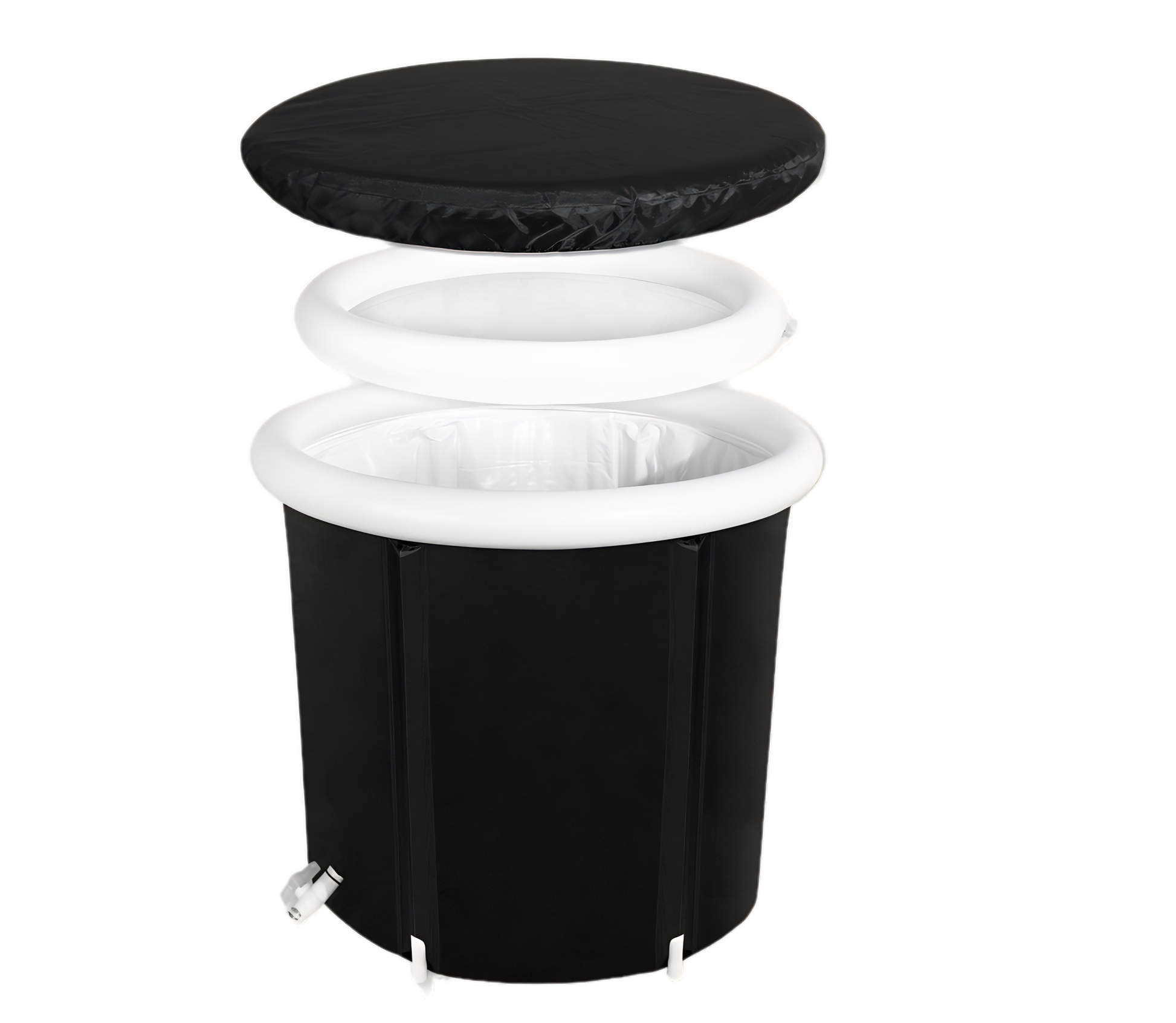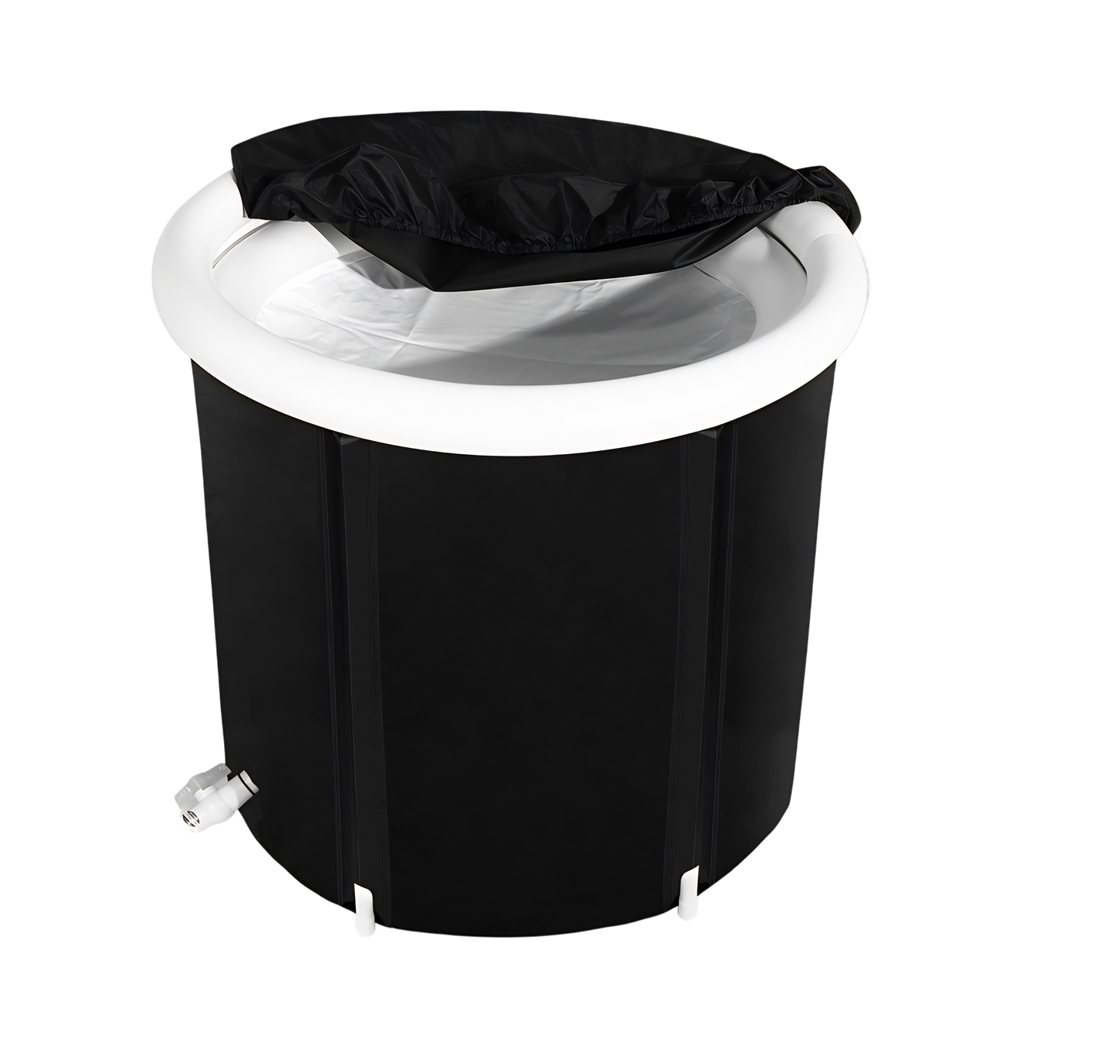The Roman Baths were a significant part of ancient Roman culture, providing a fascinating glimpse into their health practices and wellness rituals (Routh et al., 1996). Built by the Celts in 60-70 AD and expanded over the next 300 years by the Romans, these baths harnessed the healing properties of naturally heated water that rose to the surface each day. People from all corners of the country flocked to experience the therapeutic thermal waters. With three main rooms - the warm bath (Tempidarium), hot bath (Caldarium), and cold bath (Frigidarium) - the baths catered to various needs. Aqueducts ensured the accessibility of fresh water, making the Roman Baths a hub of physical recovery and social interaction in ancient Roman society.
Key Takeaways:
- Roman use of ice baths played a significant role in ancient Roman health practices and wellness rituals.
- The Roman Baths, built by the Celts and expanded by the Romans, were a popular destination for individuals seeking the healing benefits of thermal waters.
- Three main rooms - warm, hot, and cold baths - offered different experiences and served diverse purposes.
- Aqueducts facilitated the availability of fresh water, making the baths accessible to the general public.
- The Roman Baths served as a place for physical recovery, socializing, and relaxation in ancient Roman society.
Benefits of Ice Baths in Ancient Rome

In ancient Rome, ice baths were an essential part of hydrotherapy and played a significant role in promoting overall wellness. These baths offered numerous health benefits that were highly regarded by the Romans (Aussie Ice Baths, 2023). The practice of cold water immersion therapy, which involved immersing oneself in icy water, was believed to reduce inflammation, aid in muscle recovery, and enhance circulation.
The cold plunge bath in the Roman Baths' Frigidarium was specifically designed to invigorate the body after spending time in the heated rooms. The contrast between the hot and cold water was thought to have therapeutic effects, providing relief for aching muscles and alleviating pain. Ice baths were not only used for physical therapy but also formed an integral part of the Roman wellness rituals, focusing on the overall well-being and relaxation of individuals.
Table: Benefits of Ice Baths in Ancient Rome
| Benefits | Description |
|---|---|
| Reduces inflammation | Ice baths were believed to have anti-inflammatory properties, helping to alleviate swelling and pain in the body. |
| Promotes muscle recovery | The cold water immersion in ice baths was thought to aid in the recovery of muscles, reducing soreness and enhancing the healing process. |
| Improves circulation | The contrast between hot and cold water in ice baths was believed to stimulate blood flow and enhance circulation throughout the body. |
"Ice baths in ancient Rome were not just about physical benefits; they were an integral part of the Roman wellness rituals, promoting overall well-being and relaxation."
The Roman use of ice baths highlights their advanced understanding of the therapeutic effects of hydrotherapy. These baths were not only a means of physical healing but also provided a space for social interaction and community bonding. Romans from all social classes would gather at the baths, breaking down social barriers and fostering connections. The Roman Empire's emphasis on physical and mental well-being is evident in their use of ice baths as an essential component of their wellness practices.
The Symbolic and Social Significance of Roman Baths
The Roman Baths had a profound symbolic and social significance in ancient Roman society. They served as a reflection of Roman civilization's emphasis on cleanliness and physical well-being. Beyond being a place for physical cleansing, the baths were a social hub where people from all social classes could come together and relax.

Visiting the baths became a daily ritual for many Romans, providing them with the opportunity to connect and bond with each other. The bath complexes, known as Thermae, offered not just bathing facilities but also spaces for exercise, sports, and various services. This created a sense of community and encouraged social interaction, breaking down social barriers that existed outside the bathing halls.
The Roman Baths played a vital role in disseminating daily civilization to millions of people as the Roman Empire expanded across different regions. They embodied the values and ideals of Roman society, showcasing their commitment to physical and mental well-being. The baths were a testament to the importance placed on maintaining a healthy body and fostering social connections in ancient Rome.
The Social Functions of Roman Baths
The Roman Baths served as more than just a place for bathing and relaxation. They were multifunctional spaces that catered to various social needs of the community (van Tubergen & van der Linden, 2002). Here are some of the key social functions of the Roman Baths:
- Socializing: The baths offered an opportunity for people to socialize and mingle with others from different social classes. It was a place where individuals could engage in conversations, form new friendships, and strengthen existing relationships.
- Business and Politics: The Roman Baths became a meeting place for discussions related to business and politics. Many influential figures used the baths as a platform to network, negotiate deals, and discuss matters of importance.
- Entertainment: The bath complexes also hosted various forms of entertainment, including performances, music, and games. These recreational activities provided additional opportunities for social engagement and enjoyment.
The Roman Baths represented the heart of Roman society, where people not only took care of their physical well-being but also nurtured social connections. It was a place where individuals transcended societal boundaries and came together to experience the shared benefits of communal bathing and leisure.
| Social Significance of Roman Baths | Key Role |
|---|---|
| Cultural Symbol | Reflecting Roman civilization's emphasis on cleanliness and physical well-being |
| Social Hub | Allowing people from all social classes to come together and relax |
| Community Bonding | Encouraging social interaction and breaking down social barriers |
| Dissemination of Civilization | Spreading Roman values and ideals as the Empire expanded |
| Multifunctional Spaces | Serving as venues for socializing, business, politics, and entertainment |
Conclusion
The ancient Roman use of ice baths provides a fascinating glimpse into the history of ice baths, Roman health practices, and ancient Roman wellness rituals. The Roman Baths, with their intricate design and natural thermal waters, served as a hub for physical recovery, social interaction, and relaxation.
Ice baths were an integral part of Roman hydrotherapy, offering a range of health benefits such as reduced inflammation, muscle recovery, and improved circulation. The contrast between hot and cold water in the Frigidarium provided a therapeutic experience, soothing aching muscles and relieving pain.
Moreover, the Roman Baths held significant symbolic and social importance in ancient Roman society. They were not only a symbol of Roman civilization but also a place where people from all walks of life could come together, breaking down social barriers and fostering community bonding.
The Roman use of ice baths highlights the value placed on physical and mental well-being in ancient Roman culture. The combination of health practices and wellness rituals showcased the Romans' dedication to maintaining a balanced and harmonious lifestyle.
FAQ
What were the Roman Baths used for?
The Roman Baths were used for physical recovery, social interaction, and relaxation. They served as a place for bathing, exercise, sports, and various services.
How did ice baths benefit the Romans?
Ice baths provided various health benefits, including reducing inflammation, promoting muscle recovery, and improving circulation. They were used as part of Roman hydrotherapy and wellness rituals.
Were the Roman Baths accessible to the general public?
Yes, the Roman Baths were accessible to the general public. The Romans relied on aqueducts to transport fresh water to the baths, making them available to people from all social classes.
Are the Roman Baths safe for bathing today?
No, the water in the Roman Baths is considered unsafe for bathing due to infectious diseases and the presence of lead pipes. However, the Baths are preserved as a historical site for visitors to explore.
Why were the Roman Baths important in ancient Roman society?
The Roman Baths held symbolic and social importance, representing Roman civilization and emphasizing cleanliness and physical well-being. They were a social hub where people of all social classes could mingle and relax.






